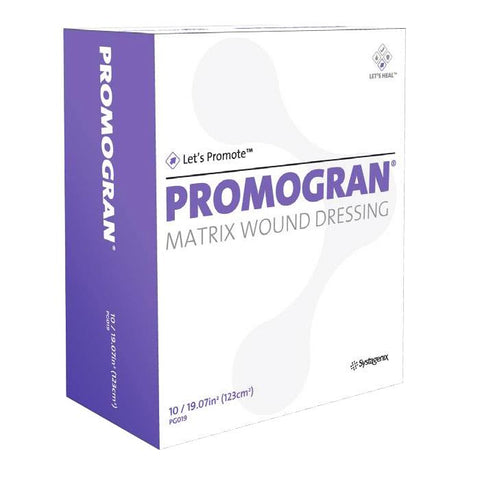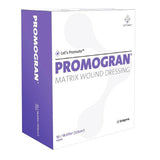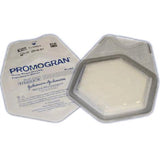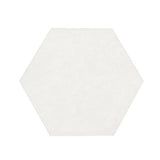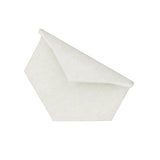Systagenix Promogran® Matrix Wound Dressing
Key Features: Primary wound dressing, which is easy to use and appropriate for multiple wound types May be used under compression therapy with supervision of a healthcare professional Can be cut with sterile scissors to fit any wound shape or it can be pre-moistened to...
Available
Key Features:
Systagenix Promogran Matrix Dressing is intended for the management of exuding wounds including:
When applied to a wound, collagen/ORC binds to proteases and inactivates them, reducing their levels of activity such as matrix metalloproteinases (MMPs) and elastase. This may restore balance to the microenvironment of the wound, promoting granulation tissue and helping the wound to close. Wounds with elevated protease activity (EPA), assessed using Woundchek Protease Status point, have a 90% probability that they will not heal without appropriate intervention. EPA can be identified using the Woundchek Protease Status test. When protease and elastase activity are reduced, a wound is more likely to heal. Collagen/ORC also has the ability to reduce the wound surface area. Collagen alone has been shown to be less effective in reducing the protease activity than the combination of collagen and ORC.
- Primary wound dressing, which is easy to use and appropriate for multiple wound types
- May be used under compression therapy with supervision of a healthcare professional
- Can be cut with sterile scissors to fit any wound shape or it can be pre-moistened to form a gel and molded to fit the wound
- Promogran matrix has demonstrated haemostatic properties
- Not necessary to remove any residual Promogran Matrix at dressing changes as it will be naturally absorbed into the body over time
- Retreat the wound with Promogran Matrix up to every 72 hours depending on the amount of exudate
- Sterile, versatile and comes in hexagon shape
- Efficacy of Promogran Dressing is supported by clinical evidence, including 11 published RCTs
Systagenix Promogran Matrix Dressing is intended for the management of exuding wounds including:
- Diabetic ulcers
- Venous ulcers
- Ulcers caused by mixed vascular aetiologies
- Abrasions
- Pressure ulcers
- Donor sites and other bleeding surface wounds
- Full-thickness and partial thickness wounds
- Dehisced surgical wounds
- Traumatic wounds healing by secondary intention
When applied to a wound, collagen/ORC binds to proteases and inactivates them, reducing their levels of activity such as matrix metalloproteinases (MMPs) and elastase. This may restore balance to the microenvironment of the wound, promoting granulation tissue and helping the wound to close. Wounds with elevated protease activity (EPA), assessed using Woundchek Protease Status point, have a 90% probability that they will not heal without appropriate intervention. EPA can be identified using the Woundchek Protease Status test. When protease and elastase activity are reduced, a wound is more likely to heal. Collagen/ORC also has the ability to reduce the wound surface area. Collagen alone has been shown to be less effective in reducing the protease activity than the combination of collagen and ORC.

